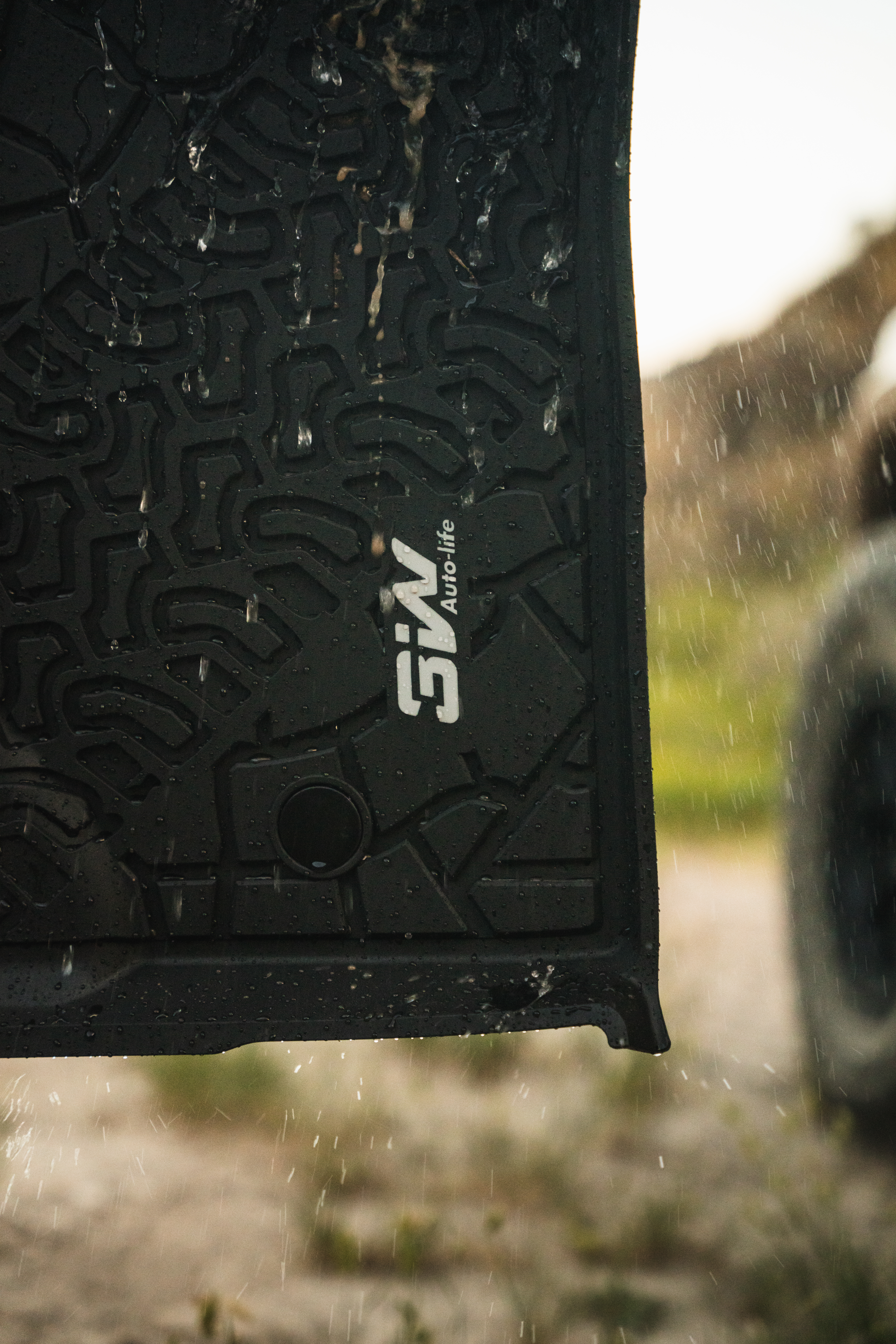Chinese carmakers are fueling their overseas forays by dual engines of exporting vehicles from their home country and producing vehicles in foreign destinations.
Vehicle exports from China have maintained their momentum seen from the past year, when the country overtook Japan as the world’s largest vehicle exporter.
A total of 469,000 vehicles were shipped overseas last month, up 19.6 percent year-on-year, according to the China Association of Automobile Manufacturers.
They brought the total exports in the first seven months this year up to 3.26 million units, marking a surge of 28.8 percent from the same period of 2023.
Of them, 708,000 units were new energy vehicles, up 11.4 percent year-on-year, said the CAAM.
Vehicle makers are busy shipping their latest vehicles overseas, especially to Europe and Southeast Asia, as well as Belt and Road Initiative countries.
Last week, a COSCO ship loaded with 350 Neta X SUVs left Shanghai for Thailand.
Neta said it is exporting a total of 1,000 Neta X vehicles to Southeast Asia and Latin America as part of its short-term plan.
The carmaker shipped 17,687 vehicles overseas in the first six months of this year, ranking first among Chinese startups.
To better meet overseas customers’ demand, Neta said it has been adapting its vehicles to local driving habits and conditions while keeping the cutting-edge smart functions.
After selling 8,824 vehicles in Kazakhstan last year, Shi Qingke, president of Great Wall Motor’s international business unit, said the company is confident about the Kazakh market.
“As China-Kazakhstan economic and trade ties continue to deepen, Chinese automobile brands will have broader prospects and a promising future in the Central Asian country,” Shi said.
The Baoding, Hebei province-based company has established 28 dealerships in Kazakhstan, covering 20 major cities. It plans to add new dealerships in Almaty and Astana in the third quarter of this year.
In Kazakhstan, the largest of the Central Asian markets, Geely now offers seven models. Since late 2022, it has opened 16 dealerships and showrooms in the country, covering major cities.
Central Asian countries are emerging as important growth engines for Chinese carmakers, said Geely. It added that the company entered Kyrgyzstan last year and is keen to make forays into Uzbekistan, Tajikistan and Turkmenistan.
Geely is highlighting the overall importance of overseas business in its development. The carmaker has scaled up its 2024 target of overall exports to 380,000 units, which is 50,000 more than the goal set earlier this year.
Chinese carmakers are speeding up overseas production, as they aim for global popularity.
Wang Qing, an expert at the Development Research Center of the State Council, said it is a trend for Chinese carmakers to build manufacturing facilities overseas as they grow into global companies.
“We will gradually enter into the phase of building global capacity and exporting our technology, even without any request of local governments,” Wang said in an interview with the China Automotive News.
BYD kicked off operations at its Thai plant in early July, with an annual production capacity of 150,000 vehicles.
The plant is also BYD’s first factory in Southeast Asia, a fast-growing regional electric vehicle market where it has become the dominant player.
Southeast Asia is emerging as a hub for Chinese carmakers, especially those which produce new energy vehicles.
Besides BYD, companies including Neta and Aion have established plants in the region.
Aion’s manufacturing facility in Thailand started production in July, with an initial annual production capacity of 50,000 units. It is also building a plant in Indonesia, which is expected to start production around the end of the year.
Gu Huinan, president of Aion, said the carmaker is to enter Europe later this year. The company has unveiled plans to build seven manufacturing bases around the world, including the Middle East and Europe.
Neta’s two plants, one in Thailand and the other in Indonesia, have already started vehicle production.
In Southeast Asia, Neta comes second only to BYD in terms of EV sales, according to the China Insights Consultancy.
SAIC-GM-Wuling, a joint venture of China’s SAIC Motor and Wuling and the United States carmaker General Motors, started production in Indonesia in 2017.
It has invested around $1 billion in the manufacturing base, which includes a factory with an annual production capacity of 120,000 units and a parts and components park.
Post time: Aug-19-2024

